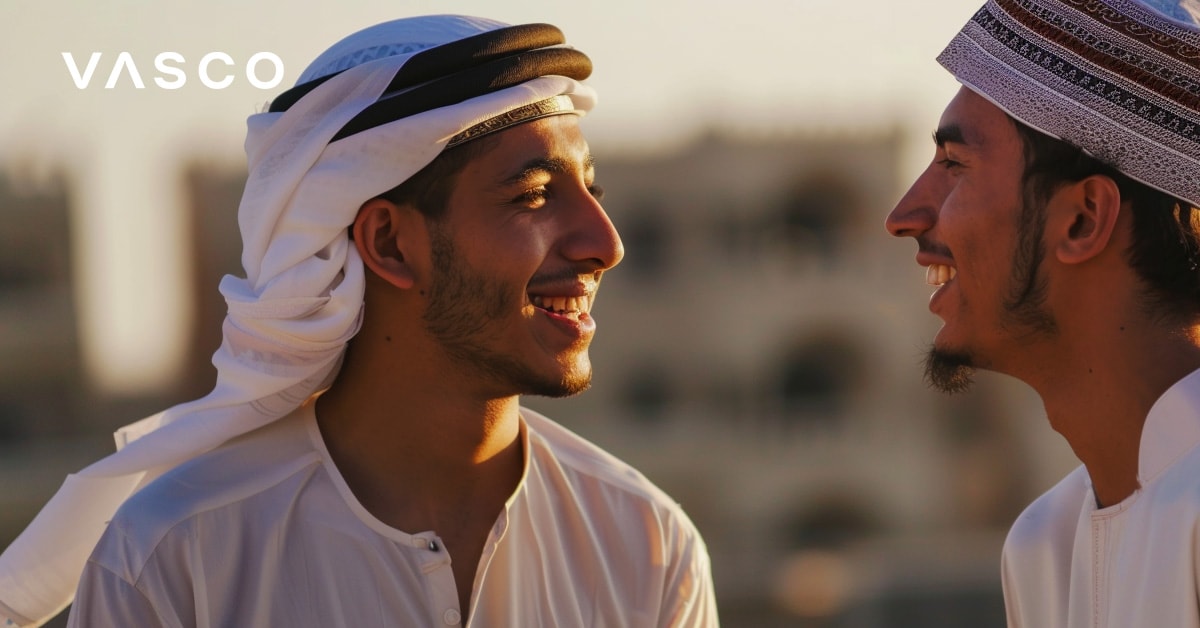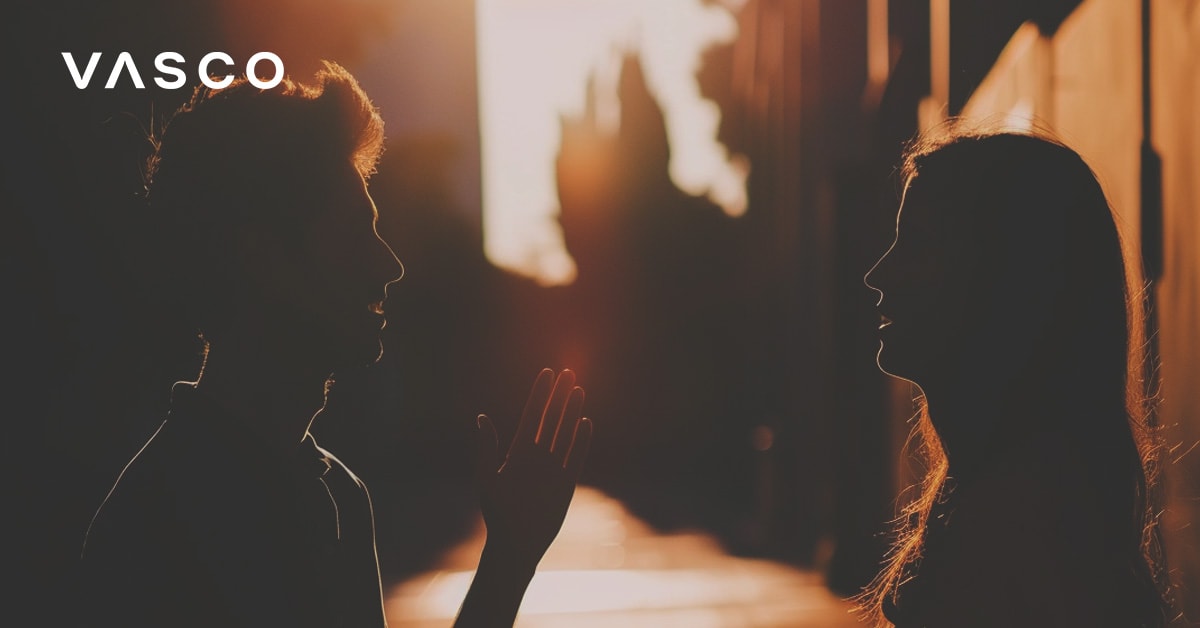“Hello” is usually one of the first words you meet on your language-learning journey. However, some languages express in their greetings more than a mere “hello.”
Table of Contents:
A simple “hello” may get across feelings of sincerity, happiness, and gratitude, but there may be a couple of “hello’s,” each reserved for a different time of the day or situation.
In this article, we’ll see if there’s more to the greeting phrases than meets the eye.
Also, we’re going to examine examples from real languages only. We’ll leave fantasy languages out of this blog post for now.
So, if you’re wondering how to say “hello” in other languages, stick around!
So, without further ado, let’s find out how to say “hello” in different languages. Let’s greet people from around the world the right way!
FAQ:
How do Japanese greetings vary based on the time of day and level of formality, and what are the specific terms used for these different contexts?
What are the common ways to say “hello” in Arabic, and how do these greetings reflect cultural and religious practices?
In which languages mentioned in the article is “hello” translated to “hola,” and how does this greeting’s usage compare in different regions or contexts within those languages?

Ways to say hello in different languages
How to say “hello” in Japanese
How do you say “hello” in Japanese? Well, greeting in that language can be expressed in several ways, depending on the time of day and the level of formality. The most common and versatile greeting is “こんにちは” (konnichiwa), which is typically used in everyday communication during the day. It is appropriate between mid-morning and late afternoon or early evening.
“おはようございます” (ohayou gozaimasu) is appropriate before 10 a.m. It is one of the formal greetings in Japanese. In the evening, “こんばんは” (konbanwa) is used.
The Japanese language places a high value on politeness, so using these greetings in the correct context is essential.

How to say “hello” in Arabic
When learning about various ways to say “hello” in different languages, we need to mention Arabic. This examples illustrate that “hello” in multiple languages can express more than meets the eye.
In this language, “hello” is most commonly said as “مرحبا” (marhaba). This greeting is widely understood across different Arabic-speaking regions. It may be used as an informal phrase, for instance, when welcoming guests to your house.
Another greeting, used especially in Muslim-majority countries, is “السلام عليكم” (as-salamu alaykum), whose literal translation is “peace be unto you.” It was also a standard greeting among the members of the Nation of Islam, a religious and political organization founded in the United States in 1930.
The appropriate response to this greeting is “وعليكم السلام” (wa alaykum as-salam), meaning “and upon you be peace.”
How to say “hello” in Greek
In Greek, the most common way to say “hello” is “Γεια” (ya). Greeting can also be expressed as “γεια σας” (ya sas) in a formal setting, when speaking to someone older or of higher status, or when addressing multiple people. For a more casual greeting, you can say “γεια σου” (ya sou) when speaking to one person informally.
Both forms can be used throughout the day and mean “health to you.” Another common greeting, particularly in the morning, is “καλημέρα” (kalimera), which simply means “good morning.”

How do you say “hello” in Mandarin?
In our discussion on how to say “hello” in other languages than English, we should definitely mention Mandarin.
In Mandarin, the most popular way to say “hello” is “你好” (nǐ hǎo). It is, however, mainly used in formal situations, so it wouldn’t convince locals that you know Mandarin well.
When addressing someone older or of higher status, you might use “您好” (nín hǎo), with “您” being the respectful form of “you.” In the morning, “早上好” (zǎoshàng hǎo) is used, which means “good morning.”
How to say “hello” in Thai
Native speakers of Thai say “hello” as “สวัสดี” (sawasdee). The greeting is followed by the polite particles “ครับ” (khrap) for males and “ค่ะ” (khaa) for females, making the full greeting “สวัสดีครับ” (sawasdee khrap) or “สวัสดีค่ะ” (sawasdee kha).
This greeting is qrather polite and people usually using during the first meeting. It’s rarely used in casual settings.

How to say “hello” in Hindi
When discussing how to say “hello” in other languages than English, it’s worth mentioning the Hindi language.
In Hindi, “hello” is commonly said as “नमस्ते” (namaste). This greeting is used universally in both formal and informal settings. “नमस्ते” not only means “hello” but also conveys a sense of respect, as it roughly translates to “I bow to you.”
Another variant, “नमस्कार” (namaskar), is slightly more formal and often used in more formal contexts.
How to say “hello” in Polish
When discussing how to say “hello” in other languages than English, we also need to mention the Polish language.
In Polish, “hello” can be said as “cześć” (chesht), which is informal and used among friends and family. For more formal situations, “dzień dobry” (jane dobry) is used, meaning “good day.”
In the evening, “dobry wieczór” (dobry vieh-choor) is appropriate, translating to “good evening.” Poles also use “witam” (veetahm) in semiformal situations, which means “I welcome you.”
How to say “hello” in Slovak
In Slovak, “hello” is commonly said as “ahoj” (ahoy) among friends and peers.
In formal contexts, “dobré ráno,” “dobrý deň,” “dobrý večer,” “dobrú noc” are used, which mean “good morning,” “good afternoon,” “good evening,” and “good night.”
How to say “hello” in Czech
When it comes to words for “hello” in other languages, it’s worth looking at the Czech language.
In Czech, “hello” can be expressed as “ahoj” (ahoy) when addressing friends or peers informally. In more formal contexts, “dobrý den” (doh-bree den) is used, translating to “good day.”
For evening greetings, “dobrý večer” (doh-bree vecher) is appropriate. Czechs also use “zdravím” (zdrah-veem) in semiformal or informal situations, meaning “I greet you.”

How to say “hello” in Spanish
When learning how to say “hello” in different languages, it’s also worth mentioning Spanish.
Here, “hello” is commonly said as “hola” (oh-la). This greeting is universally used in both formal and informal contexts and can be used at any time of the day.
For more specific greetings and slightly formal situations, “buenos días” (bwen-os dee-as) means “good morning,” “buenas tardes” (bwen-as tar-des) means “good afternoon,” and “buenas noches” (bwen-as no-ches) means “good evening” or “good night.”
How to say “hello” in Portuguese
In Portuguese, “hello” is most commonly said as “olá” (oh-lah). This greeting is used in both Portugal and Brazil and is appropriate in most contexts.
For more specific times of the day, “bom dia” (bohm dee-ah) literally means “good day,” but you’ll use it to say “good morning.” “Boa tarde” (boh-ah tar-deh) means “good afternoon,” and “boa noite” (boh-ah no-ee-teh) means “good evening” or “good night.”
How to say “hello” in Italian
When speaking about greetings in other languages than English, it’s definitely worth looking at Italian.
In Italian, “hello” can be said as “ciao” (chow) in informal settings among friends and family. In more formal contexts, “buongiorno” (bwohn-jor-noh) is used, meaning “good day.” It is used in the morning. In the afternoon, we should use “buon pomeriggio.”
In the evening, “buonasera” (bwohn-ah-seh-rah) is appropriate, translating to “good evening,” however, in some areas it may be appropriate already after lunch. “Buonanotte” is used as a goodbye and means “good night.”
Italians also use “salve” (sahl-veh) in social or business settings, meaning “greetings.”
How to say “hello” in French
In French, “hello” is commonly said as “bonjour” (bohn-zhoor), which means “good day” and is used until noon. For evening greetings, “bonsoir” (bohn-swahr) is appropriate, meaning “good evening.” It is slightly formal and is usually used after 5 p.m.
In informal settings among friends and family, “salut” (sah-loo) is often used. The French language also values politeness, so these greetings are essential in daily interactions.
How to say “hello” in German
When learning how to say “hello” in different languages, we should definitely mention German.
In German, “hello” is commonly said as “hallo” (hah-loh). This greeting is versatile and used in both formal and informal contexts.
For more specific greetings, “guten Morgen” (goo-ten mor-gen) means “good morning,” “guten Tag” (goo-ten tahk) means “good day,” and “guten Abend” (goo-ten ah-bent) means “good evening.” Germans also use “servus” (ser-voos) in southern Germany and Austria.
How to say “hello” in Ukrainian
In Ukrainian, “hello” can be expressed as “привіт” (pryvit) in informal settings. In more formal contexts, “добрий день” (dobryj den) is used, meaning “good day.”
For greeting in the evening, “добрий вечір” (dobryj vechir) is appropriate, translating to “good evening.” Ukrainians also use “вітаю” (vitayu) to greet newcomers, literally meaning “I greet you.”

How to say “hello” in Persian
Let’s finish our exploration of greetings in various languages with Persian.
In Persian (Farsi), “hello” is commonly said as “سلام” (salaam). This greeting is used in both formal and informal contexts and is versatile for any time of the day.
Another common greeting is “درود” (dorood), which is more formal and literary. It is commonly heard on radio and television.
In more specific contexts, “صبح بخیر” (sobh bekheyr) means “good morning,” and “عصر بخیر” (asr bekheyr) means “good late afternoon.” The latter is used from 3 p.m. until sunset. To greet people from the noon to 3 p.m., you should use “ظهر بخير” (Zohr bekheir) meaning “good afternoon.”

How Do You Say Hello in Other Languages? Conclusion
In this article, we learned how to say “hello” in other languages than English.
Greetings in different languages are usually much more than a simple “hello”. Each language offers unique expressions that reflect cultural nuances and social customs, often conveying respect, warmth, and sincerity.
By learning how to say “hello” in different languages, we not only enhance our linguistic abilities but also gain a deeper appreciation for the rich diversity of human interaction.
Whether it’s “konnichiwa” in Japanese, “marhaba” in Arabic, or “hola” in Spanish, each greeting in a different language opens the door to understanding and connecting with people from all over the world.
So, let’s embrace these greetings and the stories they tell, fostering global friendships and cross-cultural respect.
A smart translator device
If you’re still learning how to say “hello” in different languages, you can always use Vasco Translator device to translate the expressions for you.
Our speech translator device offers over 100 languages spoken in various parts of the world. You can also take advantage of many cutting-edge features, such as photo translator, text translator, multilingual chat translator, and more.
And here’s a little cheat sheet for you:
| Language | “Hello” in that language |
|---|---|
| Japanese | “こんにちは” (konnichiwa) |
| Arabic | “مرحبا” (marhaba) |
| Greek | “καλημέρα” (kalimera) |
| Mandarin | “你好” (nǐ hǎo) |
| Thai | “สวัสดี” (sawasdee) |
| Hindi | “नमस्ते” (namaste) |
| Polish | “cześć” (chesht) |
| Slovakian | “ahoj” (ahoy) |
| Czech | “ahoj” (ahoy) |
| Spanish | “hola” (oh-la) |
| Portuguese | “olá” (oh-lah) |
| Italian | “ciao” (chow) |
| French | “bonjour” (bohn-zhoor) |
| German | “hallo” (hah-loh) |
| Ukrainian | “привіт” (pryvit) |
| Persian | “سلام” (salaam) |
NUTSHELL:
This article explores how to say “hello” in various languages, highlighting the cultural nuances and specific contexts in which different greetings are used. For instance, Japanese has distinct greetings based on the time of day, such as “こんにちは” (konnichiwa) during the day and “こんばんは” (konbanwa) in the evening. Arabic’s “مرحبا” (marhaba) and the more formal “السلام عليكم” (as-salamu alaykum) illustrate the importance of context and formality. Similar variations are found in Greek, Mandarin, Thai, Hindi, Polish, Slovak, Czech, Spanish, Portuguese, Italian, French, German, Ukrainian, and Persian. All of these greetings reflect the richness and diversity of human interaction across different cultures.











